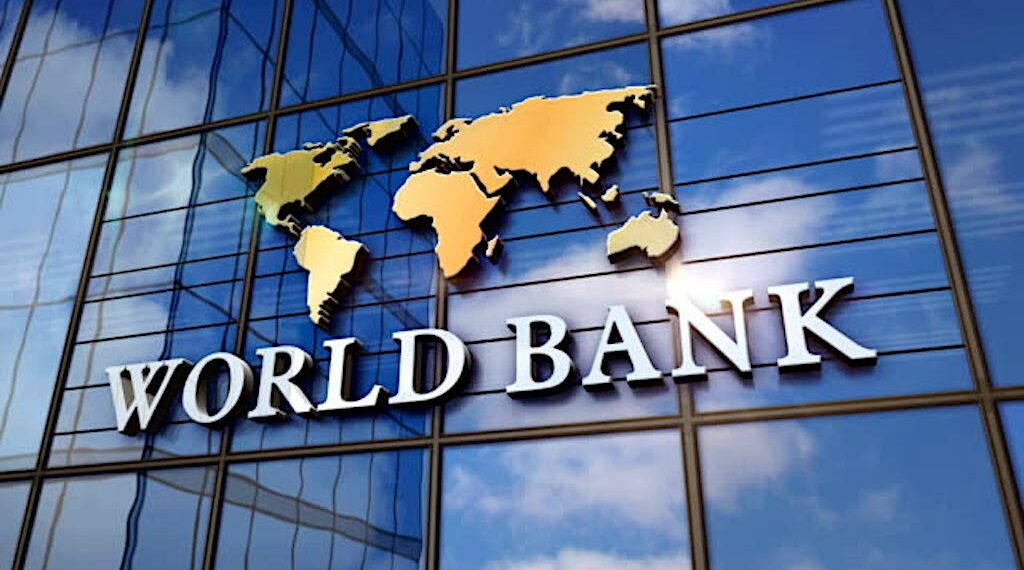Developing countries spent nearly half a trillion dollars to service their external public and publicly guaranteed debt in 2022, depleting funds from health, education and climate needs, and putting the poorest countries at increasing risk of “tumbling into a debt crisis,” the World Bank said last week.
In its latest International Debt Report, the bank said the debt-service payments – including principal and interest – rose 5% to a record $443.5 billion from a year earlier amid the biggest surge in global interest rates in four decades. It said the payments could shoot 10% higher in 2023-2024.
“Record debt levels and high-interest rates have set many countries on a path to crisis. ‘Every quarter that interest rates stay high results in more developing countries becoming distressed—and facing the difficult choice of servicing their public debts or investing in public health, education, and infrastructure,” Indermit Gill, the World Bank Group’s chief economist and senior vice president explained.
He added that the situation warrants quick and coordinated action by debtor governments, private and official creditors, and multilateral financial institutions—more transparency, better debt sustainability tools, and swifter restructuring arrangements.
As per the report data, debt-service payments, which include principal and interest, rose by 5% in 2022 for all developing countries. For Egypt, the report revealed that the country’s overall debt jumped in 2022 to $163.1 billion, up from $145.9 billion posted in 2021 and $132.5 billion recorded in 2020. According to the latest data published by the Central Bank of Egypt (CBE), Egypt’s external debt posted $164.73 billion by the end of FY2022/2023.
The data also shows that Egypt would pay $29.23 billion in external debt service in 2024, $19.43 billion in 2025, and $22.94 billion in 2026, while it owes $52.9 billion to multilateral institutions, including $21.2 billion to the International Monetary Fund (IMF) alone.
Debt services account for 60.3% of Egypt’s total expenditure during the first quarter (July-September 2023) of the current FY2023/2024.
Loan commitments
Back to the World Bank report, new financing options for developing countries have dwindled. In 2022, new external loan commitments to public and publicly guaranteed entities in these countries dropped by 23% to $371 billion, the lowest level in a decade.
Private creditors largely abstained from developing countries, receiving $185 billion more in principal repayments than they disbursed in loans, according to the report.
“That marked the first time since 2015 that private creditors have received more funds than they put into developing countries. New bonds issued by all developing countries in international markets dropped by more than half from 2021 to 2022, and issuances by low-income countries fell by more than three-quarters. New bond issuance by IDA-eligible countries fell by more than three-quarters to US$3.1 billion”, the report explained.
The 75 countries eligible to borrow from the World Bank’s International Development Association (IDA)—which supports the poorest countries—paid a record $88.9 billion in debt-servicing costs in 2022, according to the report.
Over the past decade, interest payments by these countries have quadrupled to an all-time high of $23.6 billion in 2022. Overall debt-servicing costs for the 24 poorest countries are expected to balloon in 2023 and 2024—by as much as 39%, the report finds.
“Surging interest rates have intensified debt vulnerabilities in all developing countries. In the past three years alone, there have been 18 sovereign defaults in 10 developing countries—greater than the number recorded in all of the previous two decades. Today, about 60% of low-income countries are at high risk of debt distress or already in it”, according to the report.
Moreover, the report noted that interest payments consume an increasingly large share of low-income countries’ exports, the report finds. Accordingly, over a third of these countries’ external debt involves variable interest rates that could rise suddenly. In addition, many of these countries face an additional burden which is the accumulated principal, interest, and fees they incurred for the privilege of debt-service suspension under the G-20’s Debt Service Suspension Initiative (DSSI).
“The stronger US dollar is adding to their difficulties, making it even more expensive for countries to make payments. Under the circumstances, a further rise in interest rates or a sharp drop in export earnings could push them over the edge”, said the report.







